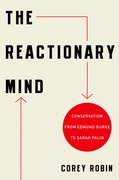Let’s talk economic policy…
Recently, Professor Ian Sheldon spoke with three eminent economists about some key economic issues of the day, including the views of Professor Robert Hall of Stanford University on the current slow recovery of the US economy; University of Queensland Professor John Quiggin’s thoughts on climate change and policy; and World Bank economist Dr Martin Ravallion’s recent findings on poverty and economic growth.















